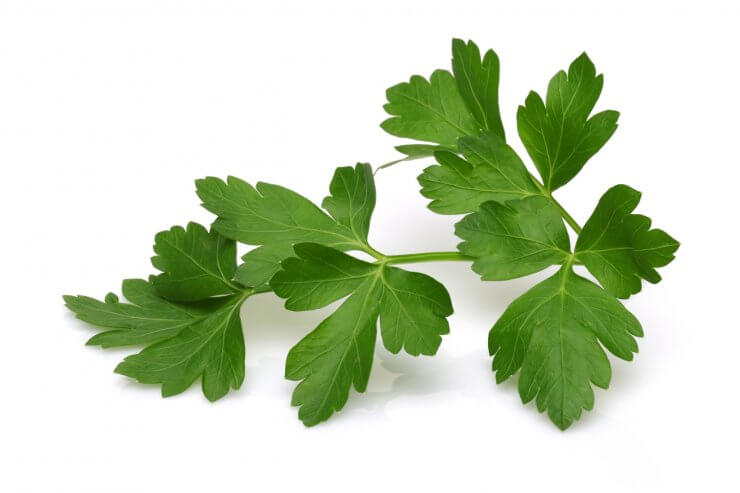
There’s nothing better than fresh parsley from the garden. Not only does it taste exquisite, but it also saves you a pretty penny instead of buying it fresh from the grocery store. Garden fresh herbs will always be my preference when cooking, but what happens if you grow them faster than you can use them? There are different ways of preserving parsley and other herbs that allow you to enjoy homegrown herbs days, weeks, and even months after leaving your garden.
Discover 7 top tips for growing, harvesting, and enjoying tomatoes from your home garden—when you access the FREE guide The Best Way to Grow Tomatoes, right now!
If you managed to keep pests from destroying your parsley, then you are already ahead of the game. When it comes time to harvest parsley, I prefer using snippers instead of pruning shears since it allows you to be more precise with your cuts. Check out these additional tools for growing and cooking with parsley.
No matter how you plan on preserving parsley and other herbs, it’s important to rinse your herbs with water. With curly parsley, in particular, take special care to get into the nooks and crannies of the curled parsley leaves. They tend to hold onto more dirt and sand than flat parsley leaves. I like using a bowl of water and fully dunking the parsley underwater while shaking it from side to side. Below are five ways for preserving parsley that can also be used for other herbs from your garden.
1. That’s a wrap (refrigerator method)
Once rinsed and dried, wrap your fresh parsley, stems and all, in a damp paper towel. Place in a sealed storage bag and put in the fridge. This method is best used for preserving parsley you plan to use within three to five days.
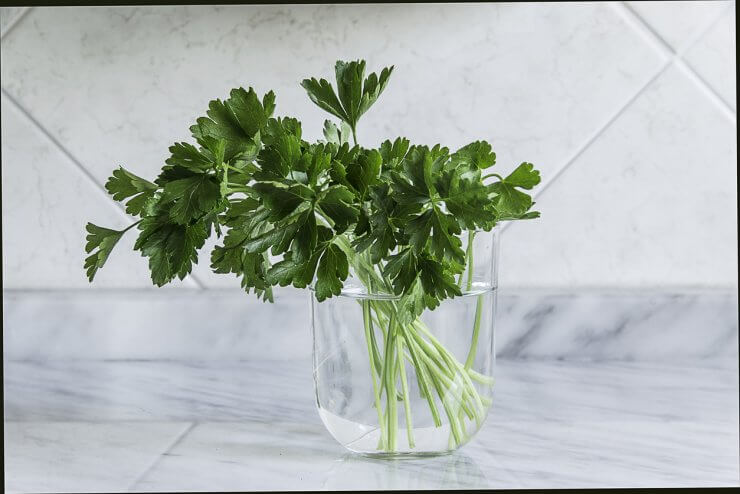
2. Store it in water (refrigerator method)
After rinsing fresh parsley, trim about an inch off the bottom of the stems. Fill a small glass or jar halfway with water. Place parsley or other herbs in the jar with stems dunked in the water like cut flowers. Cover the tops of the herbs with a sandwich bag and place the jar in your refrigerator. Change the water every couple of days. Stored this way, herbs have been known to last a couple of weeks or longer. Note: Some herbs like basil prefer to be stored like this at room temperature, so you can just leave your jar on the counter out of the sunlight.
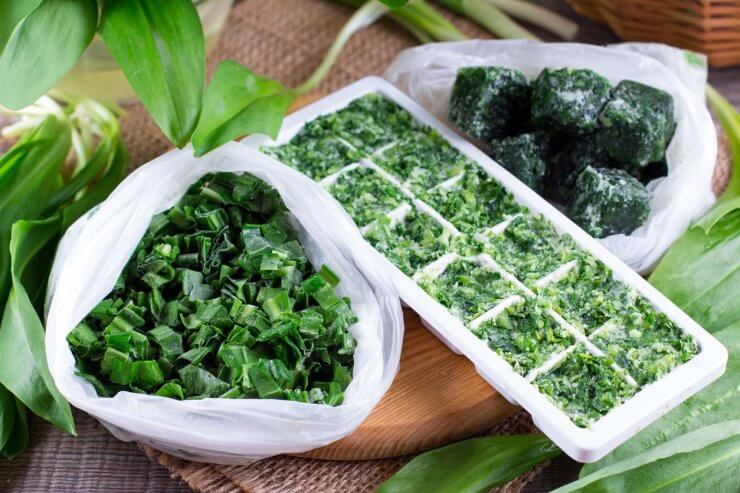
3. Cube it (freezer method)
Place rinsed parsley or other herbs in a food processor or blender. Add water or olive oil, depending on how you think you’ll be using the herbs later. Blitz until a smooth puree is made. Pour puree into the ice cube tray, cover, and freeze. Once frozen, transfer cubes into a freezer bag for longer storage. Use cubes in stews, soups, or other dishes. The great thing about preserving parsley using this method is that it can last up to 12 months in the freezer.
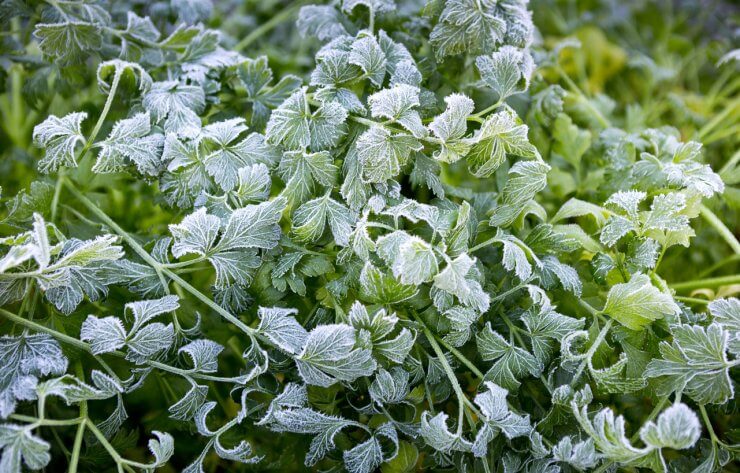
4. Whole stems in a bag (freezer method)
Once you’ve rinsed your fresh parsley or other herbs take time to dry them thoroughly. I like using a salad spinner for this step since it really gets the moisture out and helps prevent freezer burn. Place the whole herbs (stems and all) in a freezer storage bag. Then place that bag in another freezer bag. Double bagging also seems to help prevent freezer burn. For best taste, use within six months. This method is great because it allows you to grab a few frozen leaves at a time when you need them.
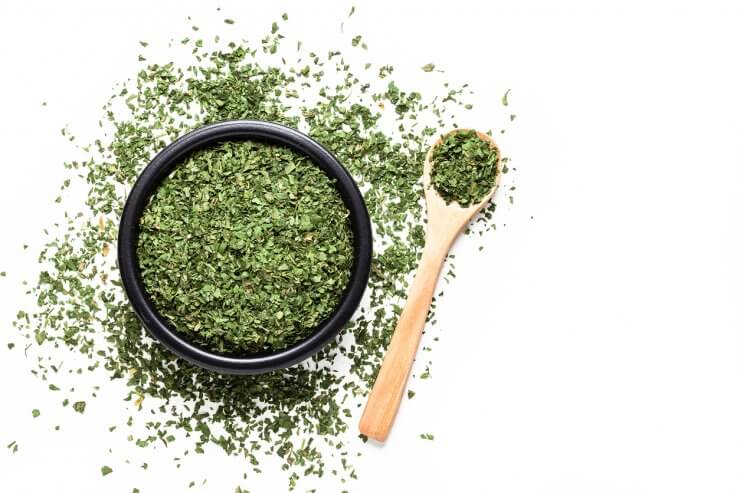
5. Dried parsley and other herbs (oven or food dehydrator method)
Another great way for preserving parsley and other herbs is to dry them using a food dehydrator or oven. The trick with drying parsley in the oven is to preheat the oven to 350F. Line a baking sheet with parchment paper. Trim parsley leaves from the stems and spread leaves on parchment paper. Once preheated, drop the oven temperature down to 170F. Dry the herbs in the oven for 20 minutes or until leaves crumble when handled. It’s important to make sure that all moisture has been removed so that mold doesn’t grow. You can store dried leaves whole or place them in a spice grinder or small food processor to blitz into a powder. Store dried leaves in an airtight container for up to a year.
It’s important to find the best method for preserving parsley that works for you. Especially if you’ve already put the time into prepping your garden soil for parsley, tending your garden, and harvesting it. Don’t let the fruits (or herbs) of your labor go to waste!
Do you have experience preserving parsley? What is your favorite method? Share your tips in the comments!
Discover 7 top tips for growing, harvesting, and enjoying tomatoes from your home garden—when you access the FREE guide The Best Way to Grow Tomatoes, right now!




